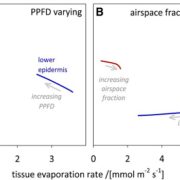
Sites of Water Evaporation from within Leaves
0 Comments
/
Current available evidence suggests that the location of the sites of evaporation is important for many questions across plant physiology, including patterns of leaf isotopic enrichment, maintenance of mesophyll water status, stomatal regulation, and interpretation of measured stomatal and leaf hydraulic…
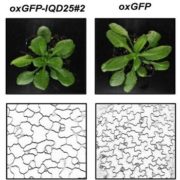
Insights into Calmodulin-Interacting Proteins
Calmodulin (CaM) and closely related CaM-like polypeptides are principal sensors of Ca2+ signals. The plant-specific IQ67 DOMAIN (IQD) family has emerged as possibly the largest class of CaM-interacting proteins with undefined molecular functions and biological roles. Bürstenbinder et al. (Plant Physiol.…
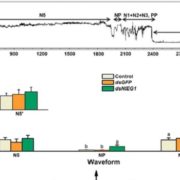
A Salivary Effector Aids in Brown Planthopper Feeding on Rice Plants
Herbivory-induced plant cell wall modifications play an important role in deterring herbivory. Modified cell walls not only act as physical defenses against herbivores by enhancing the mechanical hardness of plant tissues but also reduce the digestibility of food for herbivores, thereby functioning as…
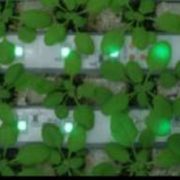
Upcoming Plant Physiology Focus Issues
Focus Issue on Cellular Dynamics (January 2018)
Editors: Dan Szymanski, Diane Bassham, Teun Munnik, and Wataru Sakamoto
Submission Deadline: June 5, 2017
To be published in January 2018, this focus issue will provide a series of invited Update Reviews on hot topics in plant cell biology,…
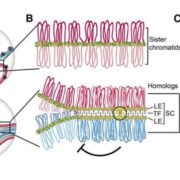
Update: Understanding and Manipulating Meiotic Recombination in Plants
Abstract
Meiosis is a specialized cell division, essential in most reproducing organisms to halve the number of chromosomes, thereby enabling the restoration of ploidy levels during fertilization. A key step of meiosis is homologous recombination, which promotes homologous pairing and generates crossovers…
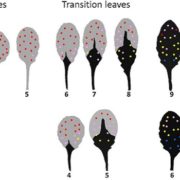
Heteroblastic Development of Transfer Cells: A Role for MicroRNA
Transfer cells (TCs) play critical roles in membrane transport of solutes at various sites within plants and between plants and their environment. This transport capacity is conferred by inward wall protuberances that extend into the cell lumen. These ingrowths function to enhance the area of surrounding…

Toward Designing Tulips for a Warmer World
Most cultivated tulips (Tulipa gesneriana) are produced in The Netherlands, which has a temperate climate resembling the Central Asian climate in which they originated. The growth cycle of cultivated tulips starts in autumn, when the bulbs are planted in the field. At that time, all organs, including…
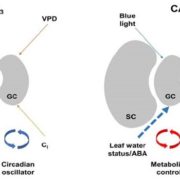
Update: Stomatal biology of CAM plants
Crassulacean acid metabolism (CAM) plants open their stomata at night, decreasing water loss and increasing water-use efficiency as well as drought tolerance. Males and Griffiths review the stomatal biology of CAM plants as compared to C3 plants. For example, CAM stomata are relatively insensitive to…
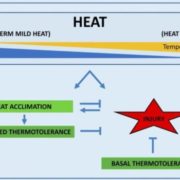
Update: Pollen Development at High Temperature: From Acclimation to Collapse
The seeds and fruits derived from the sexual reproduction of flowering plants constitute the major part of the human diet. Our capacity to generate sufficient crop yield is increasingly compromised by human population expansion, competition for land use, biodiversity loss, and global climate change.…

